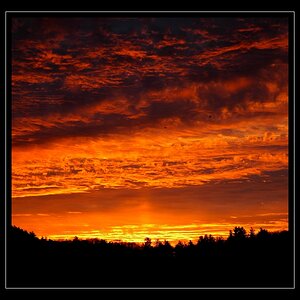Norm12
TPF Noob!
- Joined
- Sep 27, 2014
- Messages
- 8
- Reaction score
- 2
- Can others edit my Photos
- Photos NOT OK to edit
I am just curious as to if there are any tips, tricks or ideas as to when you are shooting flowers to get everything in focus. I am using a Canon 4ti with a 55-250 lens and most times zoomed in to 200-250. If there is another flower or flowers next to or a little behind or above to the flower I want in the picture, they will be out of focus at an aperture of 5.6 or 8. If they are side by side then most time I try to get all my focus points to light up before snapping the pic but this does not always work. Thanks!


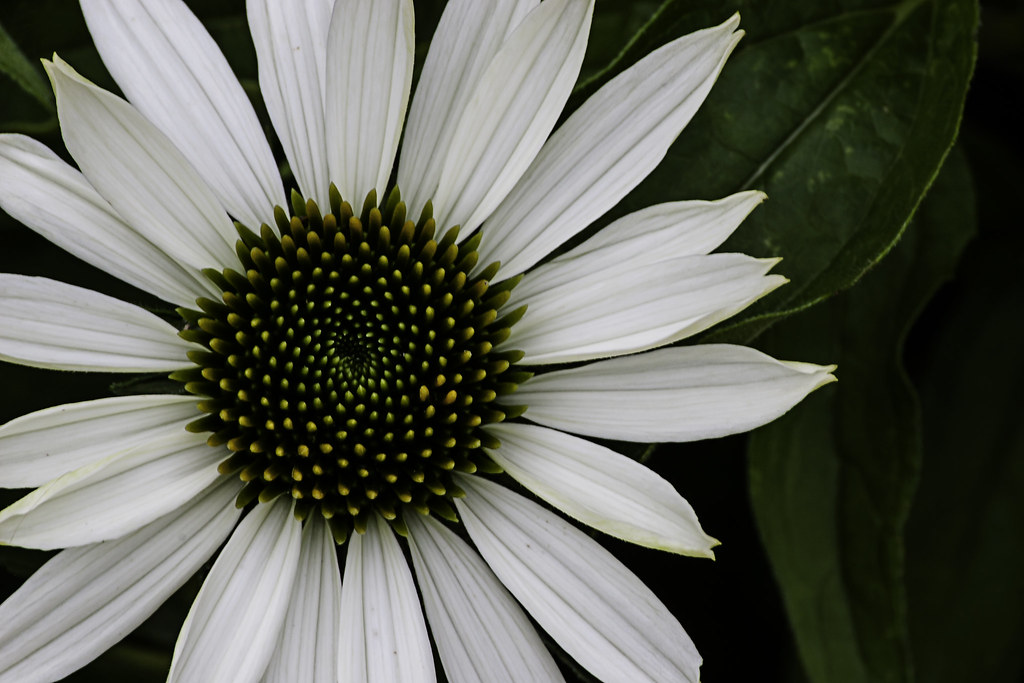 IMG_6821a
IMG_6821a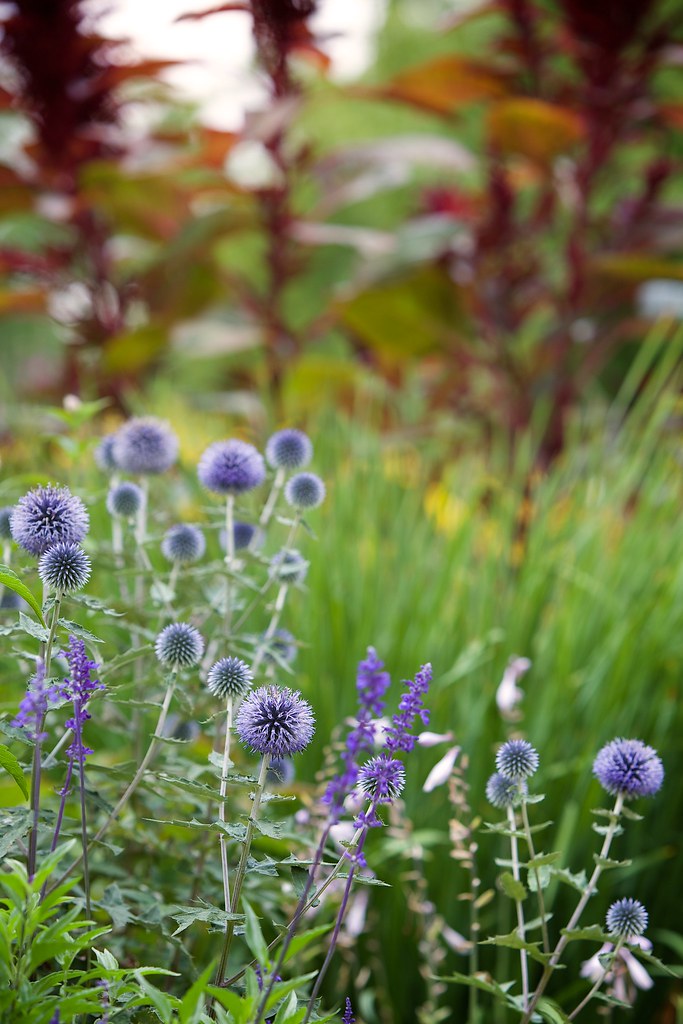 Cottage Gardens
Cottage Gardens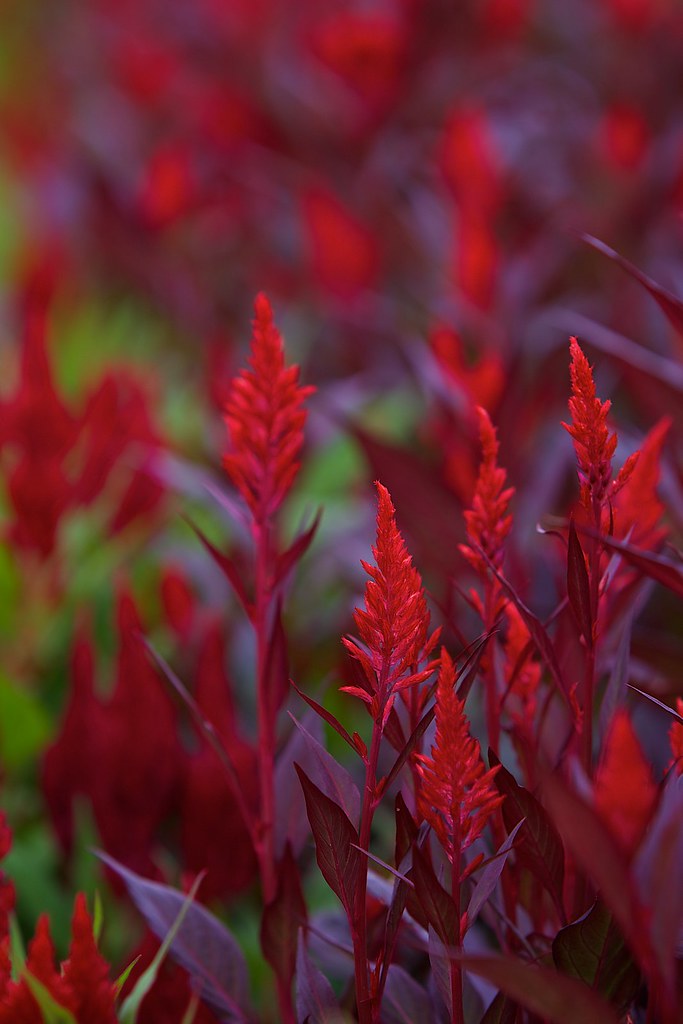 VO3A3109
VO3A3109 Tulips
Tulips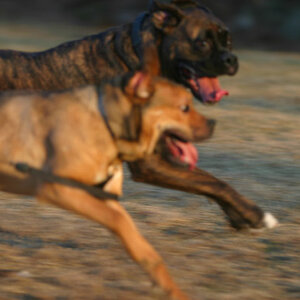

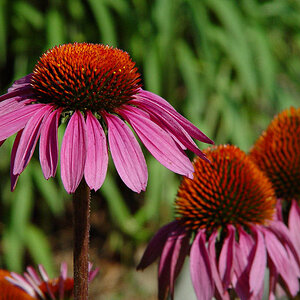

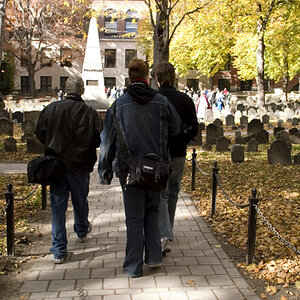

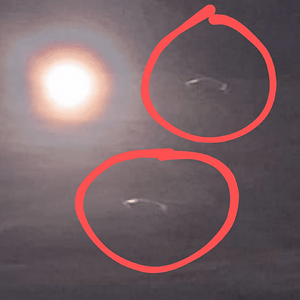
![[No title]](/data/xfmg/thumbnail/37/37097-8fae54adbc44059a8189fcf5e7bb8f76.jpg?1619737881)
